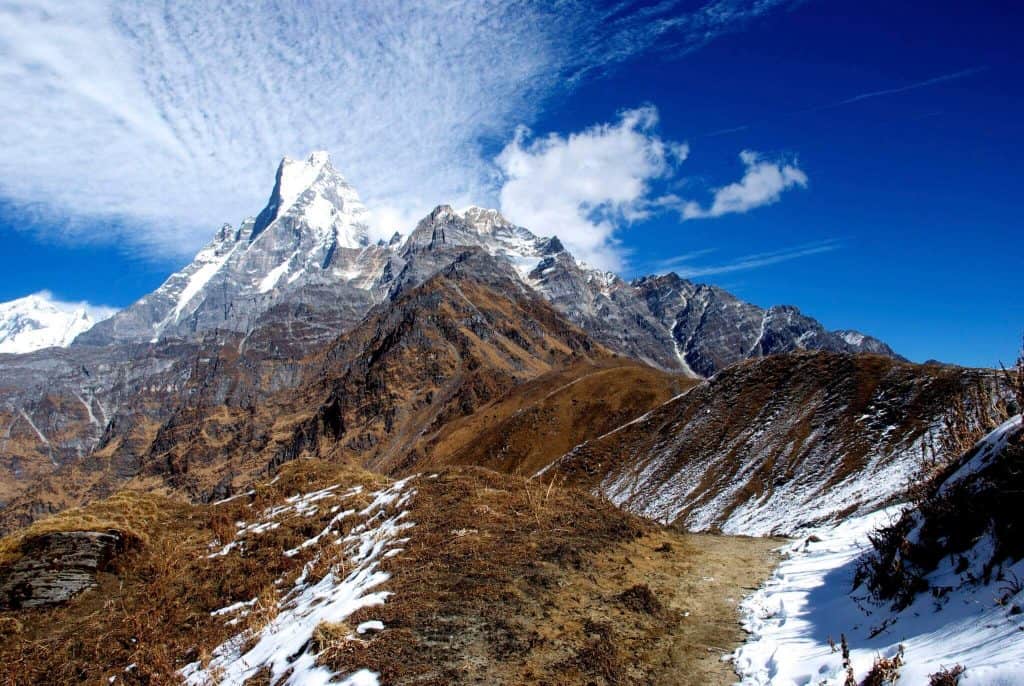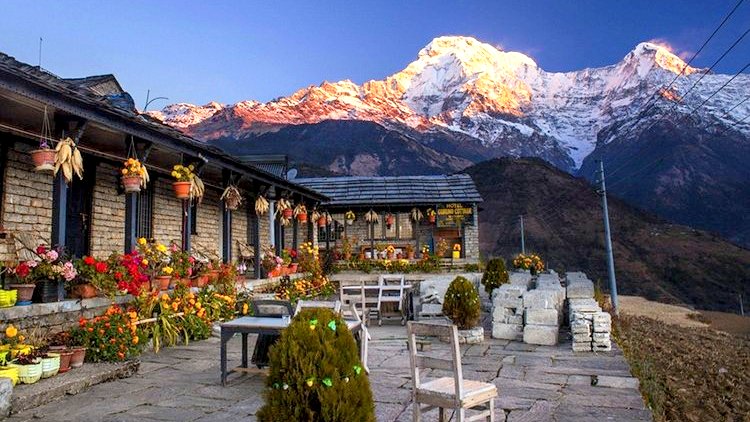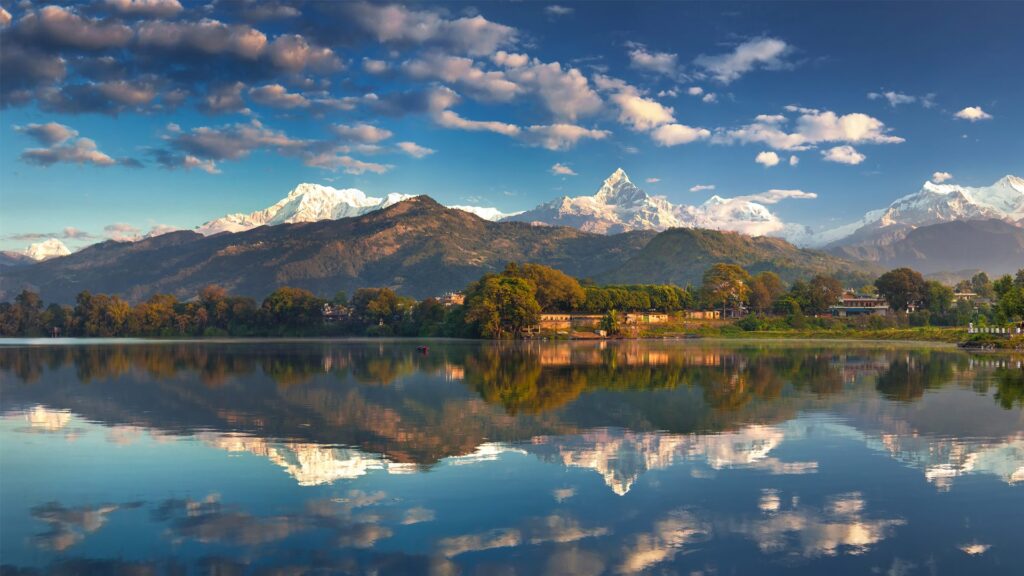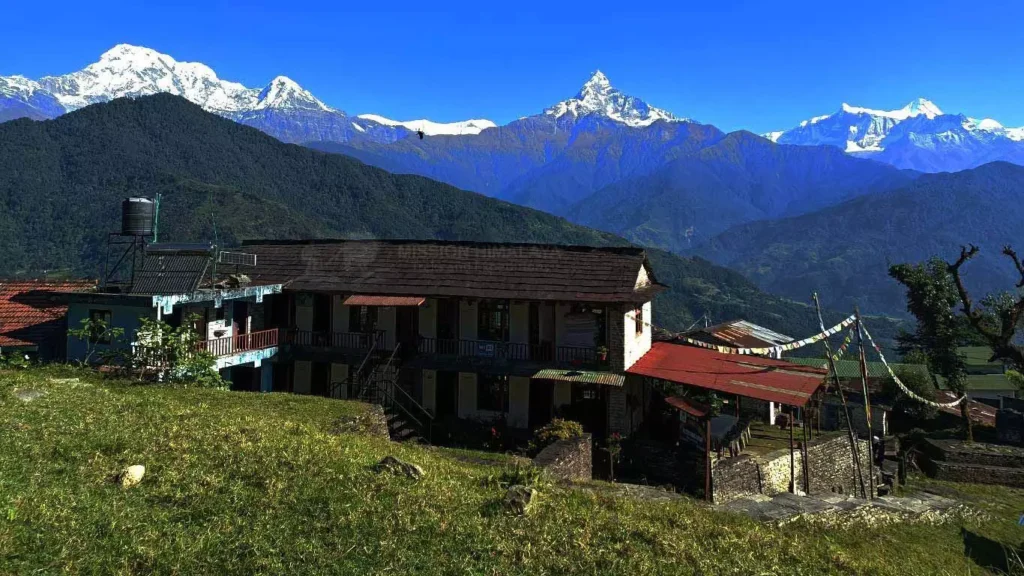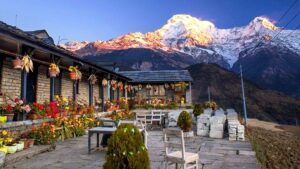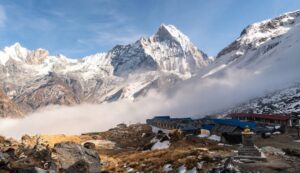Mardi Himal Trek
Traverse off-the-beaten-path trails to the striking Mardi Himal Base Camp

Location
Annapurna Region, Nepal.
Best Time to Visit
March to May (Spring) and September to November (Autumn).

Duration
7–12 days, depending on the chosen route and acclimatization stops.

Difficulty Level
Moderate (suitable for trekkers with basic fitness).

Elevation
1,400 meters (4,593 feet) to 4,500 meters (14,764 feet).
Overview
The Mardi Himal Trek is one of the most exciting and relatively new trekking routes in Nepal, offering trekkers an opportunity to explore the Annapurna region from a unique vantage point. With breathtaking views of the Annapurna, Machapuchare, and Mardi Himal peaks, this trek is perfect for those looking for a more off-the-beaten-path adventure. The trek takes you through lush rhododendron forests, traditional Gurung villages, and stunning high-altitude landscapes, providing a true taste of Nepal’s natural beauty. Whether you are a seasoned trekker or a beginner, the Mardi Himal Trek offers an unforgettable experience in the heart of the Himalayas.
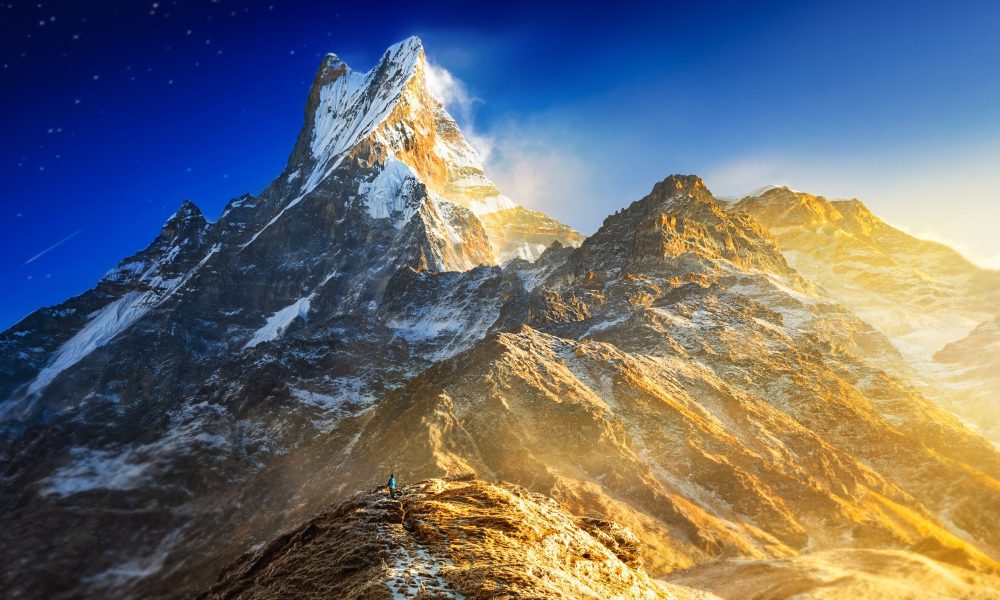
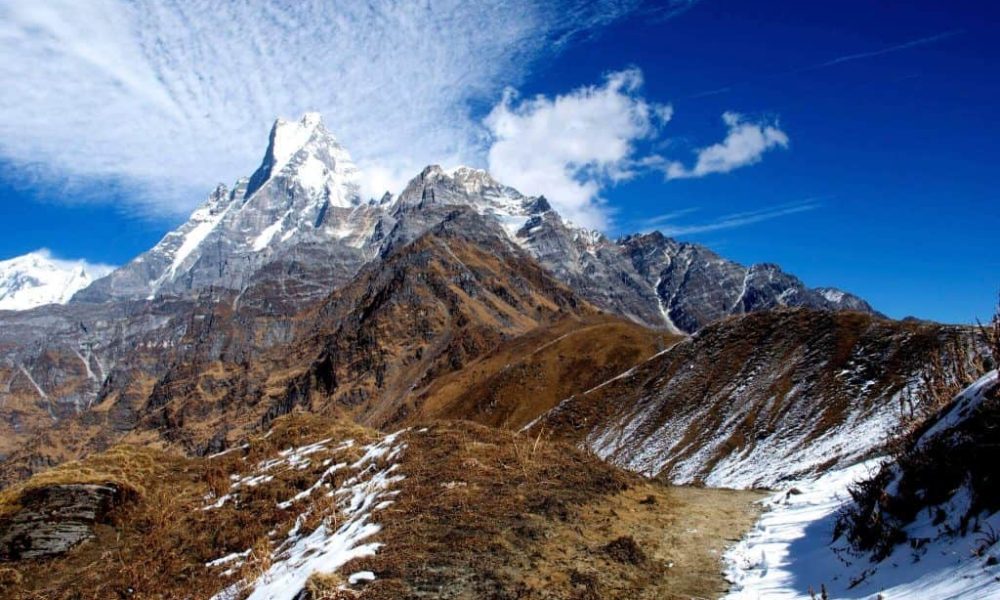
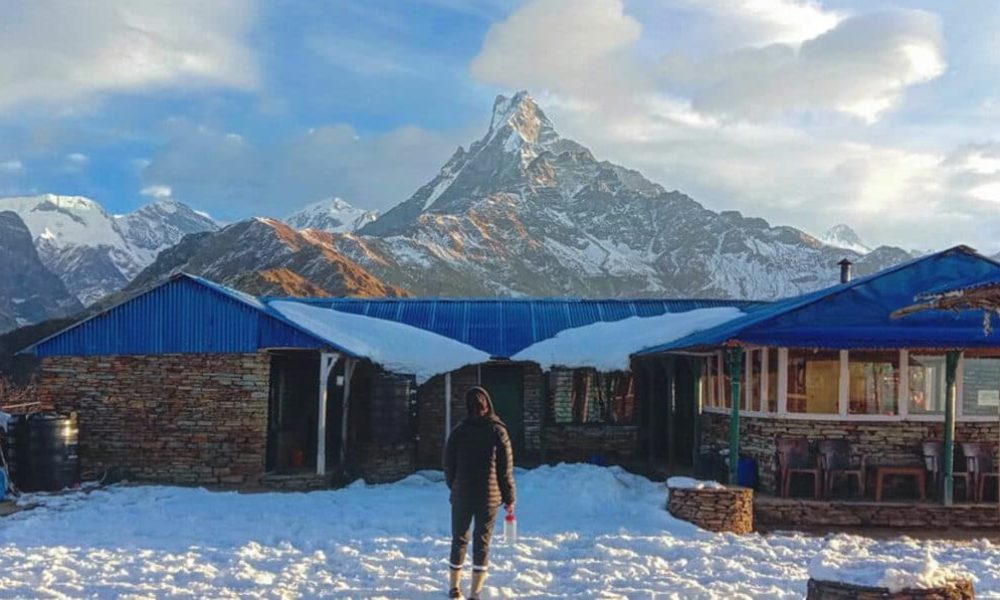
Weather and Climate
The Mardi Himal Trek is most enjoyable in the spring and autumn seasons when the weather is stable and clear, offering spectacular mountain views.
- Best Time to Visit: March-May and September-November.
- Temperatures:
- Daytime: 10-20°C (50-68°F).
- Nighttime: -5 to 5°C (23-41°F).
- Altitude Effects: At higher elevations, temperatures can drop significantly, especially in the evenings.
Geological Information
The trek takes you through diverse landscapes, ranging from subtropical forests to alpine meadows. The Mardi Himal, towering at 5,587 meters (18,330 feet), is a lesser-known peak in the Annapurna region, but it offers stunning panoramic views of the entire Annapurna massif and nearby peaks, including Machapuchare (Fishtail), one of Nepal’s most iconic mountains.
- Highlights:
- Spectacular views of Annapurna, Machapuchare, and Mardi Himal.
- Diverse landscapes, including forests, rhododendron valleys, and alpine pastures.
Flora and Fauna
The Mardi Himal Trek offers a remarkable journey through diverse ecological zones, showcasing a mix of subtropical and alpine biodiversity.
- Flora:
The trek begins with lush rhododendron forests, where vibrant red, pink, and white blooms dominate during the spring season. As you ascend, the vegetation transitions to alpine meadows, adorned with mosses, lichens, and dwarf shrubs. - Fauna:
Wildlife is abundant in the region, including Himalayan Thar, langurs, and musk deer. Birdwatchers will delight in spotting colorful pheasants like the Danphe (Nepal’s national bird), along with a variety of eagles and vultures soaring above.
History and Culture
While Mardi Himal is not steeped in centuries of history like some other regions, the trek offers cultural experiences as it passes through traditional Gurung and Magar villages. These villages provide a glimpse into the lifestyle and culture of the local people, who have lived in these areas for generations.
- Highlights:
- Gurung Villages: Visit villages like Forest Camp and Low Camp, where locals still practice traditional farming and lifestyles.
- Cultural Experience: Enjoy the warm hospitality of the locals and learn about their culture and traditions.
People and Customs
The Mardi Himal Trek takes you through the heart of the Annapurna region, home to the Gurung and Magar communities. These ethnic groups have a deep connection to the land and a rich cultural heritage, which is evident in their language, dress, and customs. Along the trek, you will encounter local villagers who rely on agriculture and tourism for their livelihoods.
- Highlights:
- Gurung and Magar Communities: Experience the hospitality of these communities and learn about their farming and cultural practices.
Traditional Villages: Stroll through quaint villages like Deurali and Pothana, where traditional life and customs are still practiced.
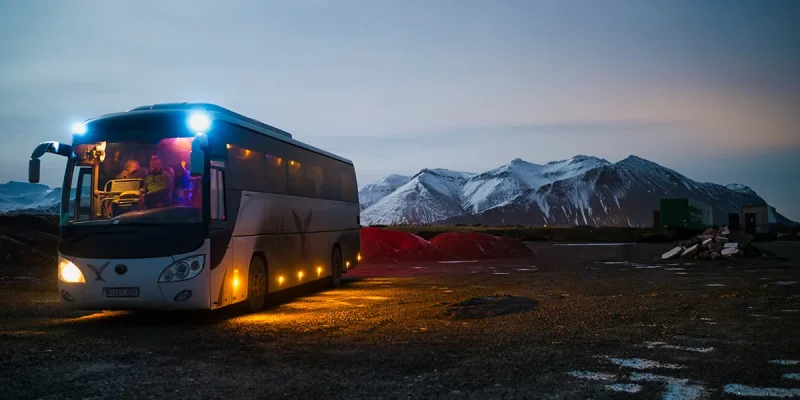
Transportation Information
- How to Reach:
- By Air: The nearest airport to Pokhara (the starting point of Mardi Himal Trek) is Pokhara International Airport (PKR).
By Road: Kathmandu to Pokhara (6-7 hours by bus) is the most common route for travelers. From Pokhara, you will drive to Kande, the starting point of the trek.
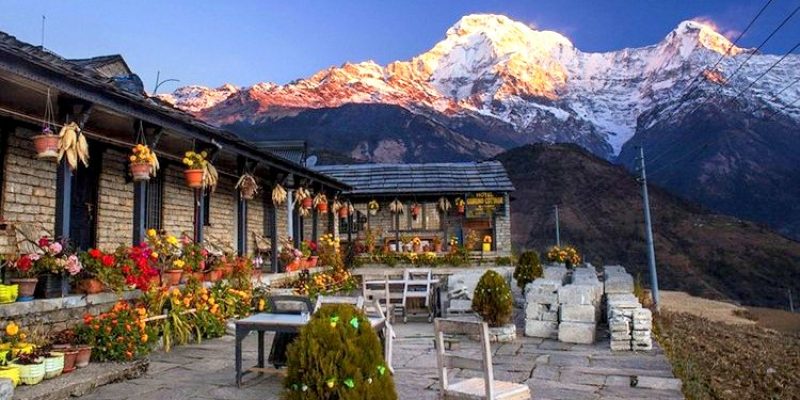
Accommodations
Accommodation along the Mardi Himal Trek is available in teahouses and lodges. The teahouses are basic but offer clean rooms, hot meals, and a place to rest during the trek.
- Cost: NPR 500-2,500 per night depending on the season and location.
- Notable Areas for Stay: Kande, Deurali, Forest Camp, Low Camp, High Camp.
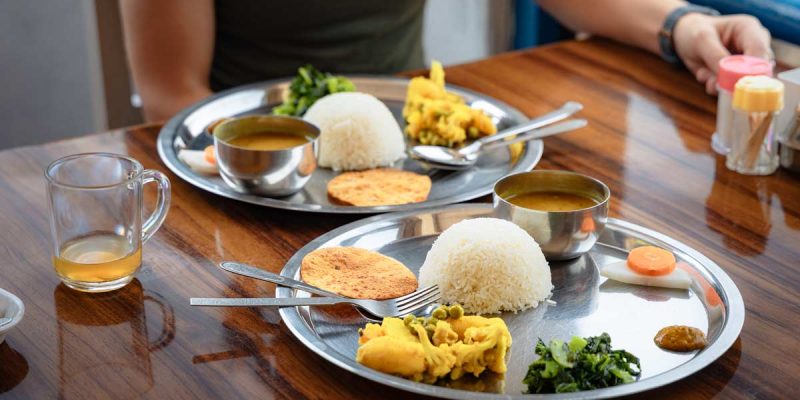
Dining and Cuisine
The food along the Mardi Himal Trek is simple but nutritious, with local dishes served at the teahouses. Dishes like dal bhat (lentil soup with rice), momo (dumplings), and fried rice are common, offering trekkers hearty meals for energy during the day.
- Staples: Dal Bhat, momo, noodles, soup, and chapati (flatbread).
Specialties: The trek offers plenty of local dishes, with the added freshness of organic ingredients grown by the locals.
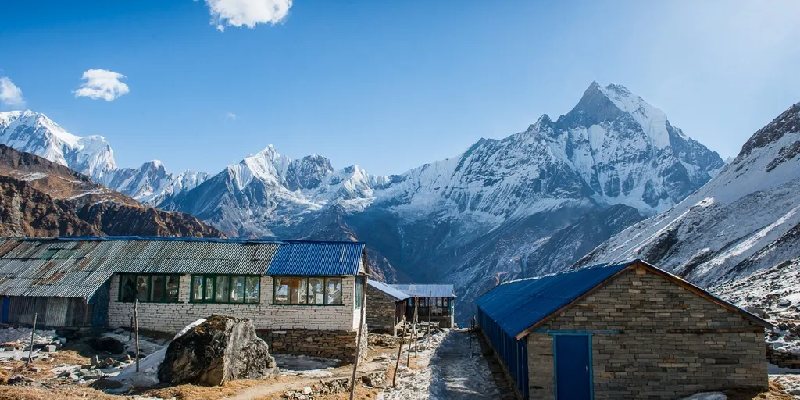
Permits and Entry Requirements
To trek in the Mardi Himal area, you will need to obtain the following permits:
- TIMS (Trekkers’ Information Management System) Card: NPR 1,000 for foreigners.
ACAP (Annapurna Conservation Area Permit): NPR 2,000 for foreigners.
Safety Information:
The Mardi Himal Trek is considered to be moderate in difficulty, but as it involves high altitudes, it is important to acclimatize properly and keep an eye on altitude sickness symptoms such as dizziness and shortness of breath. Proper trekking gear and adequate preparation are essential.
Emergency Contact: 112 (Nepal Police).
Gear and Packing Lists
- Essentials: Comfortable trekking boots, a warm jacket, sunscreen, sunglasses, and a hat.
- Extras: Camera, trekking poles, water bottle, and a power bank.
- Clothing: Layered clothing, including thermals for higher altitudes, and a waterproof jacket for rainy days.
- Other: Personal medications, high-energy snacks, and a trekking map.
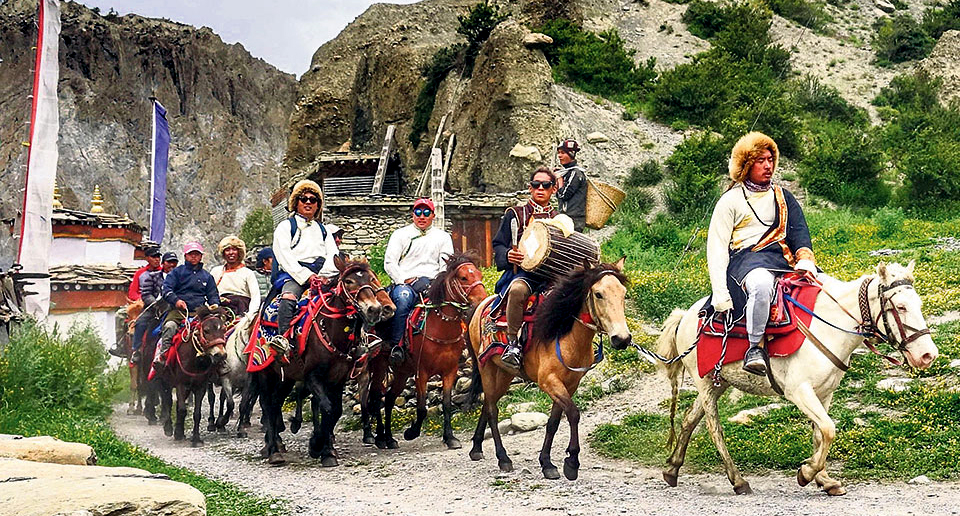
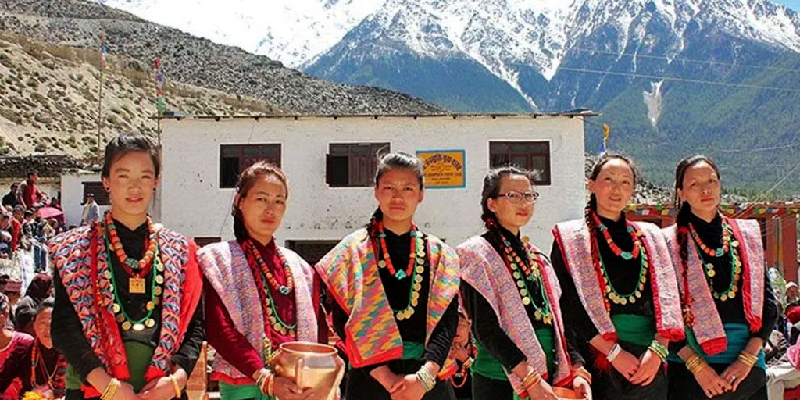
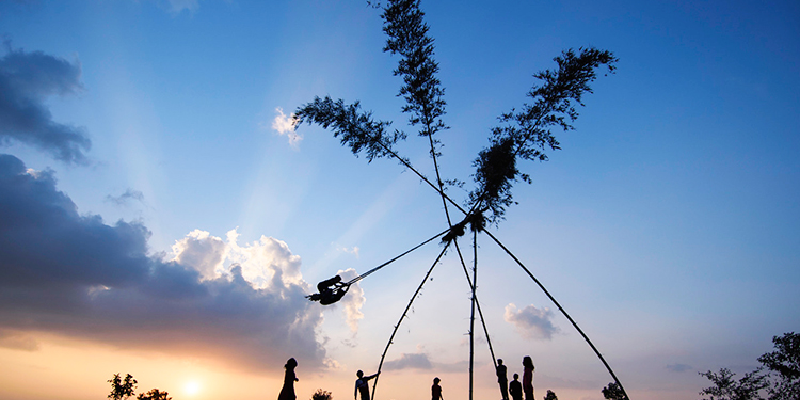
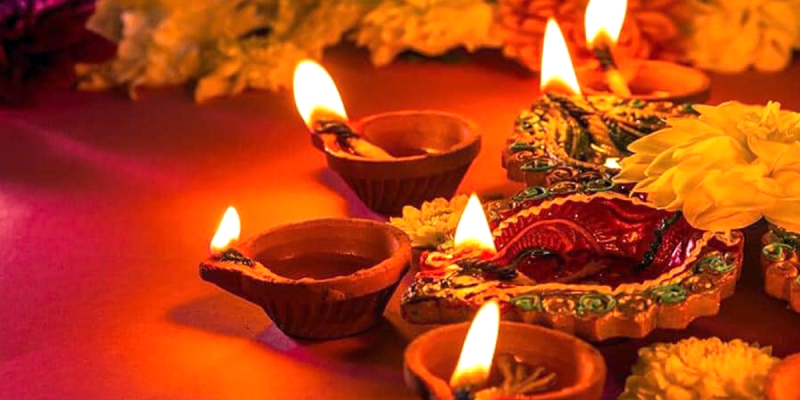
Local Festivals and Events
- Dashain and Tihar are celebrated in the region (October-November).
- Yartung Mela, celebrated from August 14 to 16 during the full moon, is a vibrant three-day festival featuring horse races, drinking, and dancing by the Gurung and Thakali communities.
- The Mitha (Dhachang) festival is a unique cultural event celebrated in the Manang Valley of Nepal. It is characterized by a traditional archery competition, which holds significant cultural and social importance for the local communities.
- Other Annual mountain festivals hosted in nearby villages.
Lets Plan A Trip


